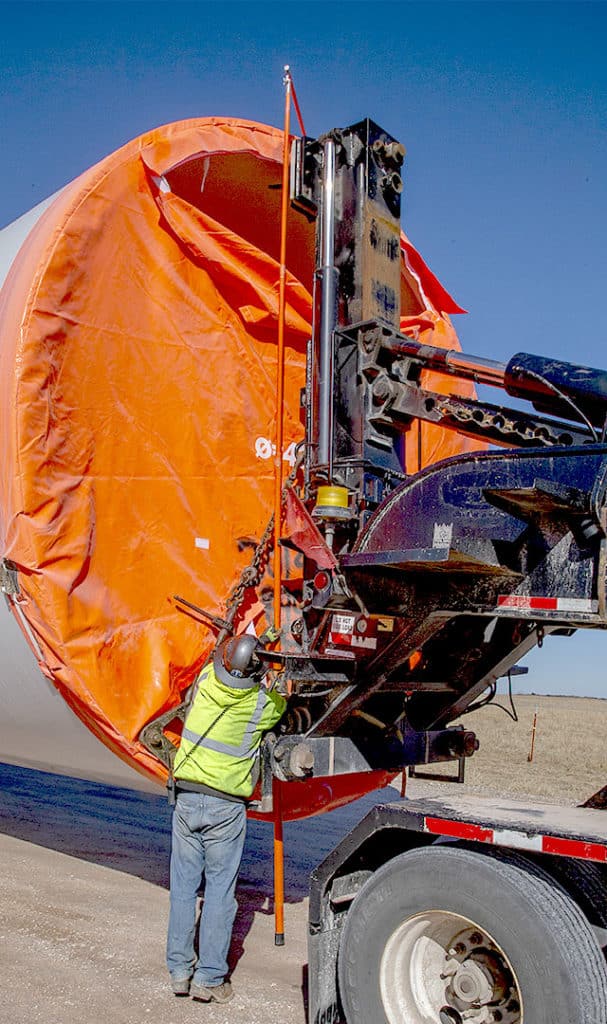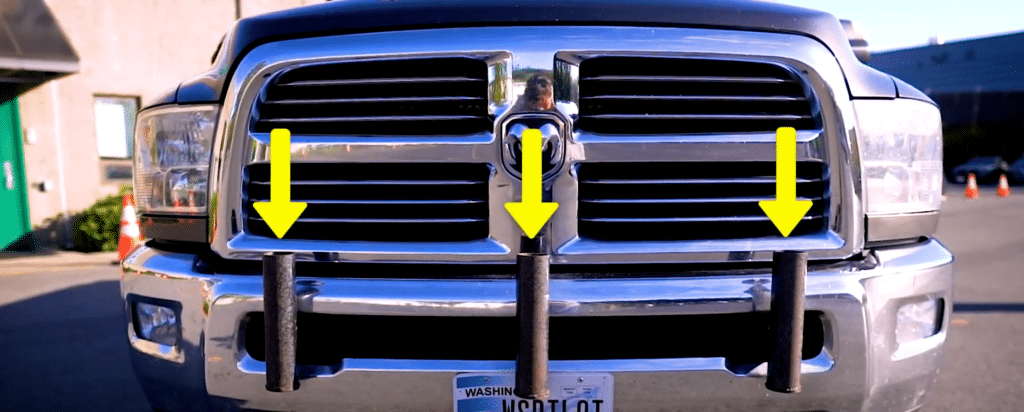Getting your certification is one of the first steps to becoming a successful Pilot/Escort Vehicle Operator (PEVO). Not only is certification required in many states, but good PEVO training also covers the key best practices for operating safely. Helping people get home safe at the end of each day is our top priority.
Your certification is more than a card—it’s data
When you stop at weigh stations or get inspected by safety monitors or other official personnel, your physical card is not the only way that your certification may be verified. Our certification data is now kept securely online so that it can be accessed by auditors from anywhere with an internet connection.
Evergreen Safety Council keeps a current list of everyone we certify for both Washington PEVO and WITPAC, and we share those lists with the State of Washington, Washington State Patrol, and wind manufacturer safety monitors. This means that even if your physical Evergreen Safety Council PEVO or WITPAC card appears valid, it won’t be accepted by enforcement personnel if it is not found online.
Curious whether your certification is included in our list? You can check using our certification verification system. You will need your last name, certification number, and a valid email address in order to verify it.
Fraudulents cards can result in fines and lost business
If you’re caught with a fraudulent card, you can be subject to tickets and fines, and you will be prohibited from operating until you receive a new, valid certification. You may also find it harder to get hired, as some companies are refusing to work with PEVOs who have had fake cards in the past. The best way to avoid these problems is to ensure that each certification you earn is legitimate.
If you’re new to the industry, you may not know how to spot a fraudulent provider or card. Here are some ways to avoid purchasing one.
Make sure your certification class meets the requirements
An easy way to make sure your certification is genuine is to check that you’re getting it from an authorized provider. There are a limited number of training providers who are allowed to teach the Washington State PEVO course, and they are listed here.
PEVO classes should be 8 hours long, accompanied by a student handbook, and taught in a facility that is appropriate for learning. There is cause for concern if:
- Class is significantly less than 8 hours
- Your class is at a restaurant or a private residence
- You aren’t provided with materials (either digital or paper) for use in an in-person class
How to spot a fake certification
The first thing to look for is how long it takes for you to receive your physical certification. If you earn your WA PEVO or WITPAC card through Evergreen or one of our Authorized Training Providers, your physical certification card will not be given out at the end of class or on the same day. Evergreen Safety Council processes all certifications, which usually takes 1-3 business days. Students who pass the course will receive a PDF of their card from Evergreen Safety Council via email, and physical cards will either be mailed to you or distributed by your instructor several days after the class.
In addition, you can look on your card to make sure it conforms to these specifications:
- The information on the certification should not be handwritten.
- Your certification number should start with the letters “ES” (for PEVO) or “CT” (for WITPAC). (Other Washington providers may use different letters.)
Here is an example of what a valid WA PEVO certification looks like.
Note that there is no official Texas pilot car certification. If your certification says “Texas” at the top, it is a fake.
Fraudulent cards waste your time and money and could jeopardize your job
Operating with a fraudulent card puts you, your team, road users, and your business at risk. If you are caught with a fraudulent certification card while you are actively piloting a load, the move will be delayed and you won’t be able to return to work until you have earned a valid certification. Replacing your card means paying another course fee, waiting until a seat in a class is available, and spending a day earning your certification. And even then, certain employers may think twice before hiring you if they know you have used a fraudulent card in the past.
A WA PEVO or WITPAC certification is more than just a card: the training is there to help you understand how to keep yourself and others safe while on the job. Pilot car certifications exist because states and other agencies are invested in safety, and enforcement personnel make it a priority to recognize fakes. Regardless of how “real” your card may look, it’s not worth the risk. Earn your official PEVO or WITPAC certification and keep your PEVO career moving safely and smoothly.














